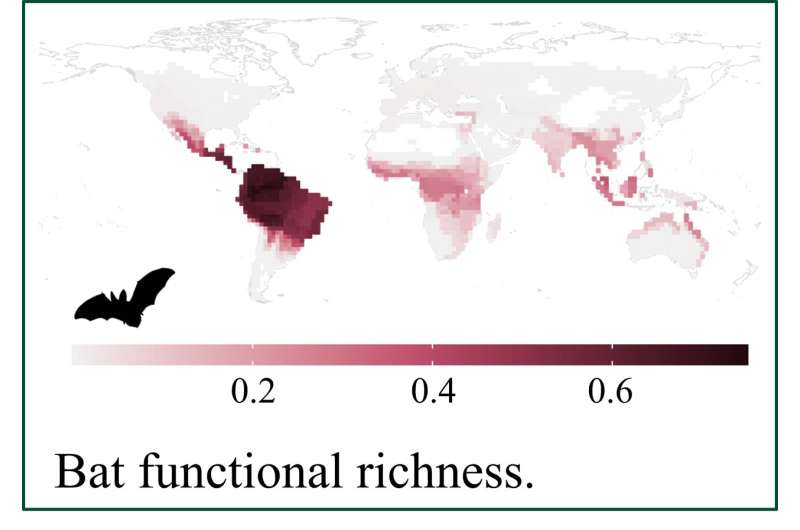The intricate dance of evolution has been shaped by millennia of geographic isolation, sculpting the rich tapestry of life that adorns our planet. In a groundbreaking study led by Michigan State University researcher Peter Williams, the profound impact of deep biogeographic divides on mammalian evolution has come to light. Published in Nature Communications, this research delves into the depths of time to unveil the divergent paths forged by mammals across the Eastern and Western Hemispheres.
Unveiling Evolutionary Pathways: Williams and his team embarked on a journey through time, tracing the footprints of mammals across continents separated by eons of isolation. Through meticulous analysis and innovative methodologies, they unearthed a treasure trove of insights into the evolutionary forces that have shaped modern biodiversity.
The Legacy of Geographic Isolation: While environmental factors such as climate and vegetation have long been recognized as drivers of biodiversity, the study highlights the pivotal role played by geographic isolation in molding mammalian communities. From the marsupials of Australia to the rodents of North America, the contours of continents have etched distinct evolutionary trajectories into the fabric of life.
Lessons for Conservation: Beyond satiating scientific curiosity, the findings of this research hold profound implications for conservation efforts and ecological management. By unraveling the intricate interplay between historical isolation and modern biodiversity, we gain invaluable insights into the delicate balance of ecosystems. Armed with this knowledge, conservationists can develop targeted strategies for safeguarding regions with unique evolutionary histories.
Navigating the Tapestry of Evolution: Central to the study’s findings is the concept of “phylobetadiversity,” a measure that quantifies shared evolutionary history among mammalian communities. Through this lens, regions like Australia and Madagascar emerge as bastions of biodiversity, harboring unique assemblages of mammals shaped by millennia of isolation.
Mammals Across Continents: The study sheds light on the contrasting evolutionary trajectories of mammals across hemispheres. While the convergence of mammalian communities in North and South America reflects the recent reconnection of landmasses, the stark divergence observed in Australia underscores the profound influence of deep isolation.
A Tale of Birds and Bats: Interestingly, birds and bats paint contrasting portraits of biogeographic influence. While the ability of birds to traverse vast distances has led to a homogenization of bird communities globally, bats tell a different story. As the only flying mammal group, bats exhibit a higher degree of functional diversity across hemispheres, a testament to the enduring impact of geographic isolation.
Charting the Course Ahead: As Williams and his team continue their journey through the annals of evolutionary history, they seek to unravel the mysteries of mammalian evolution and the enduring legacy of biogeographic divides. Armed with a deeper understanding of the forces that have shaped our planet’s biodiversity, they stand poised to illuminate the hidden pathways of evolution that lie waiting to be discovered.
The study serves as a testament to the resilience of life in the face of geographic isolation, reminding us of the profound interconnectedness of all living things across space and time. As we continue to explore the wonders of the natural world, may we draw inspiration from the ancient tapestry of evolution and strive to safeguard the rich diversity of life that flourishes within it.
